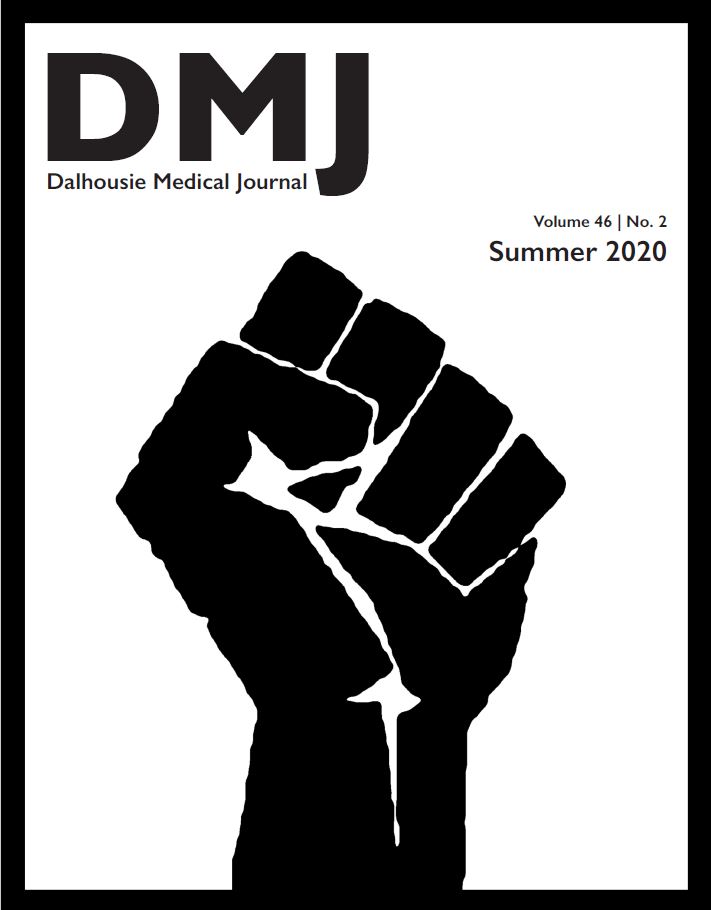Patients' perspectives on methods of assessing pain
DOI:
https://doi.org/10.15273/dmj.Vol46No2.10144Abstract
Pain questionnaires often serve as an assessment tool for initial consultations in chronic pain clinics. The Pain Management Unit (PMU) is a tertiary care centre in Halifax, Nova Scotia. A number of clinicians in the PMU have noted that some patients express that questionnaires are time consuming to complete and believe they are not used in a manner that is helpful to their health care. The effectiveness of questionnaire-based pain evaluation is an area of active research. Text-heavy questionnaires have been criticized for their reliance on literacy and for the format‘s inability to facilitate patient self-expression. Other methods of assessing pain have been suggested, including those that use pictograms, photographs and technology. This study was designed to gauge patients‘ opinions on the current pain assessment method used in the PMU. In addition, it aimed to evaluate if incorporating art and technology appealed to current patients. The ultimate goal of this study was to evaluate if improvements could be made to patients‘ pain assessment experience. Thirty patients were interviewed following their initial consultation appointments at the PMU. Interviews were transcribed verbatim and analyzed using NVivo Software to look for themes expressed by research participants. The study yielded a total of 20 different themes, such as repetition within the questionnaires, and the patient‘s desire to incorporate different technologies such as an iPad or computer. Recommendations are proposed based on these themes to help guide the creation or modification of pain assessment tools.
Downloads
Published
How to Cite
Issue
Section
License
Authors who publish with this journal agree to the following terms:
- Authors retain copyright and grant the journal right of first publication with the work simultaneously licensed under a Creative Commons Attribution License that allows others to share the work with an acknowledgement of the work's authorship and initial publication in this journal.
- Authors are able to enter into separate, additional contractual arrangements for the non-exclusive distribution of the journal's published version of the work (e.g., post it to an institutional repository or publish it in a book), with an acknowledgement of its initial publication in this journal.
- Authors are permitted and encouraged to post their work online (e.g., in institutional repositories or on their website) prior to and during the submission process, as it can lead to productive exchanges, as well as earlier and greater citation of published work (See The Effect of Open Access).


